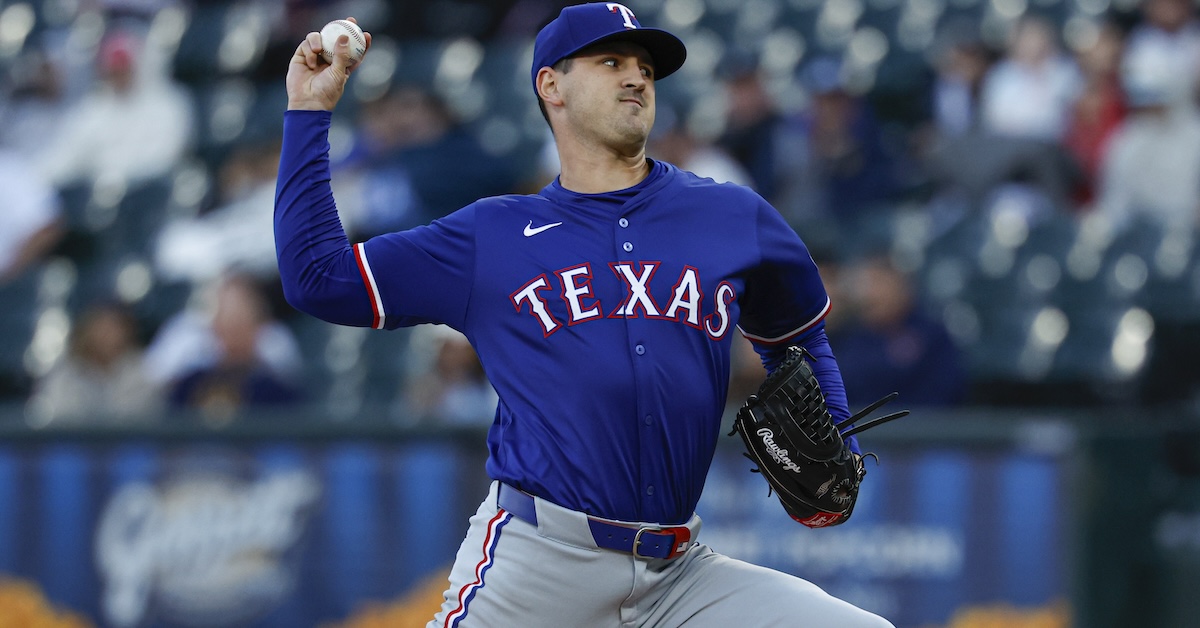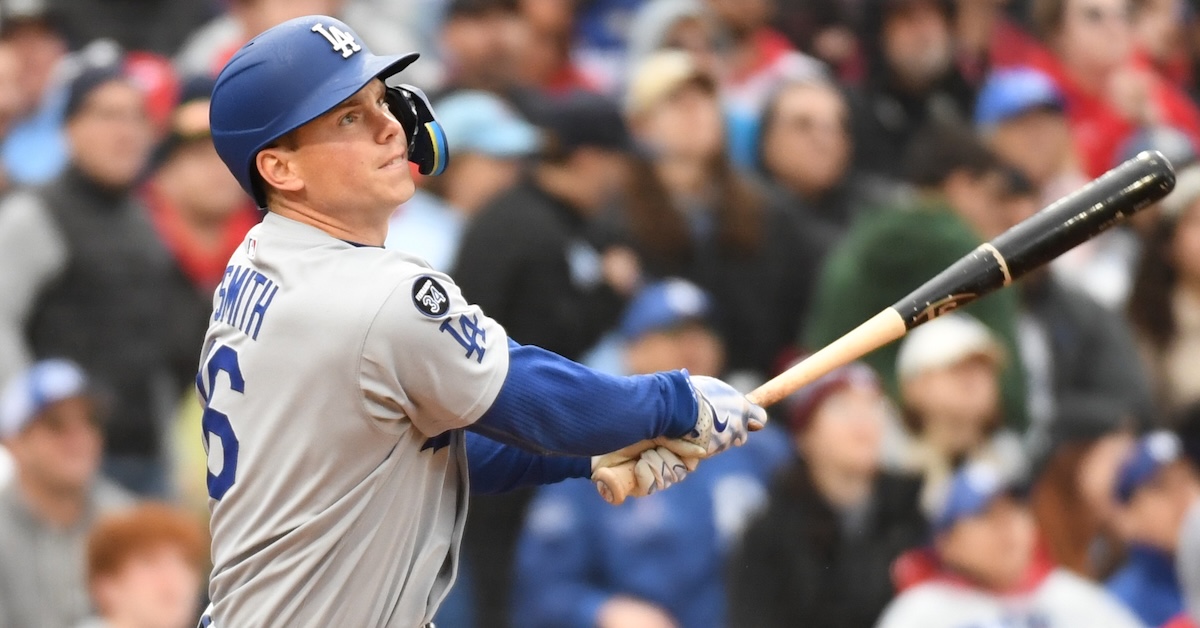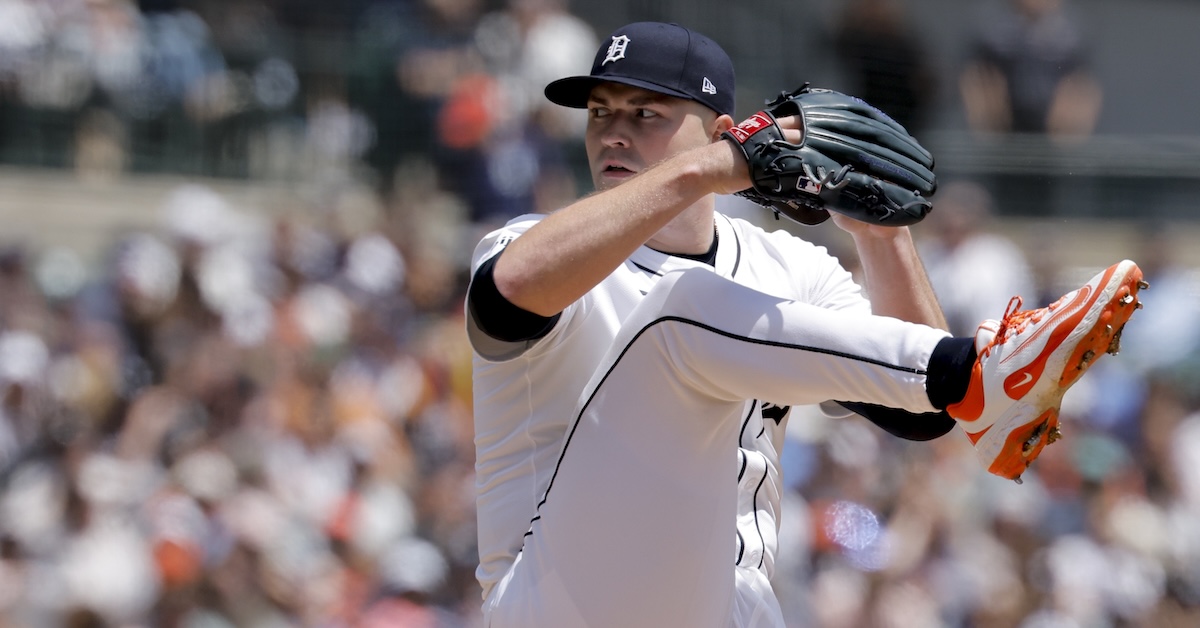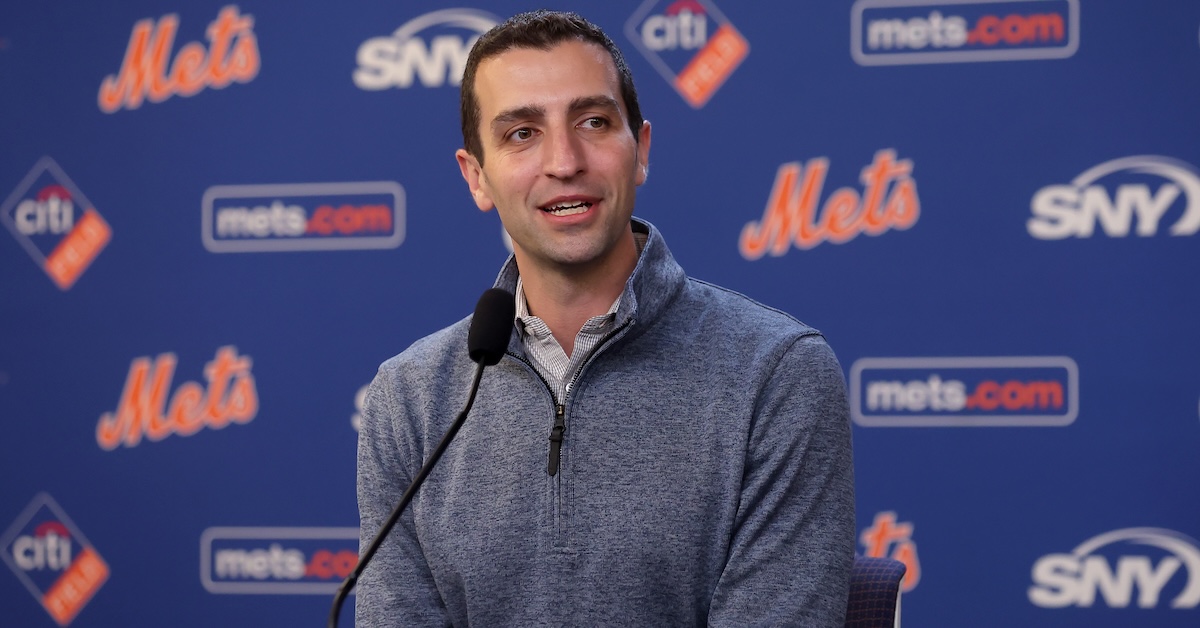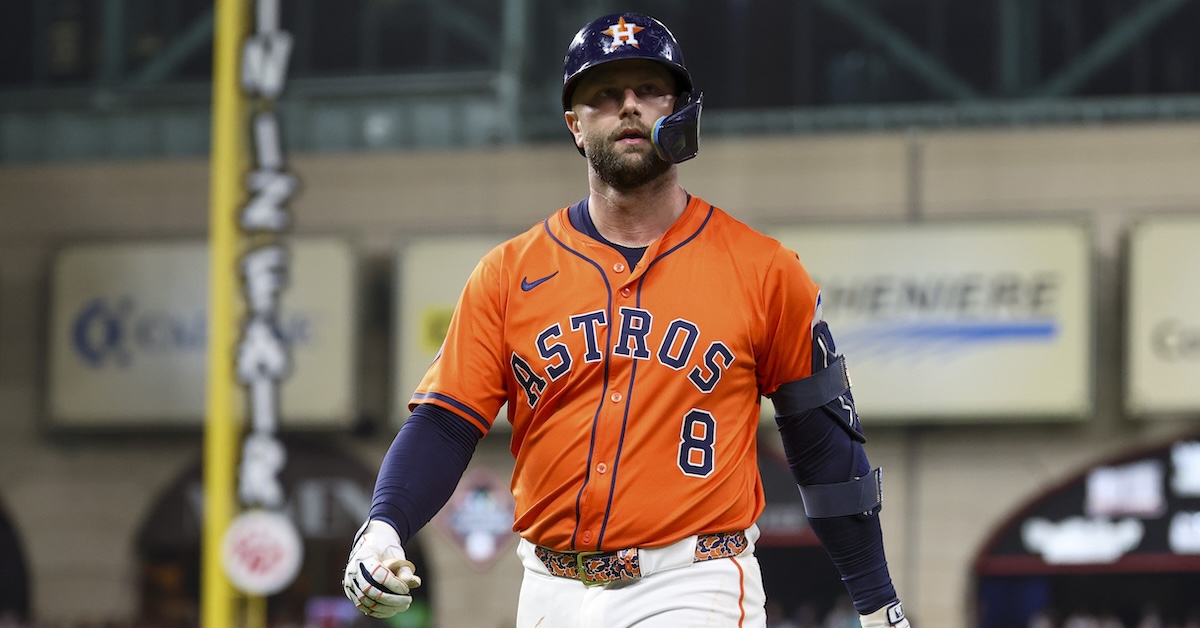Is the Third Time the Charm for Aaron Judge’s Triple Crown Hopes?

Will Aaron Judge win the Triple Crown? If you were hanging around on FanGraphs three years ago, this question might sound familiar. If you don’t want to click the link, back at the end of 2022, both Judge and Paul Goldschmidt were within earshot of a Triple Crown in the final weeks of the season. The projected probabilities were firmly against either of them winning it (about 4% for Judge and 3% for Goldschmidt), the bank won as it tends to do, and Miguel Cabrera remained the only Triple Crown winner of the last half-century. There’s a lot of 2025 left to go, but the man sometimes known as Arson Judge is once again setting fire to the league. And this time, some of the factors weighing against his potentially performing the feat are no longer present.
Triple Crown stats have lost their luster as tools for evaluating overall performance, especially batting average and runs batted in, but not everything has to be an optimized evaluative tool to be cool. Bo Jackson was not even close to the best baseball players of the late 1980s, but I dare someone to say he wasn’t one of the [insert superlative used by kids today that Dan totally doesn’t know because he’s old] players of his time. Triple Crowns are fun in a way that some sabermetric Triple Crown, perhaps wRC+/sprint speed/FRV, is not. Judge is, of course, also having an insanely good season by our more nerdy numbers, but today, we’re old school. And what could possibly be more old school and sepia toned than projection algorithms? Read the rest of this entry »



